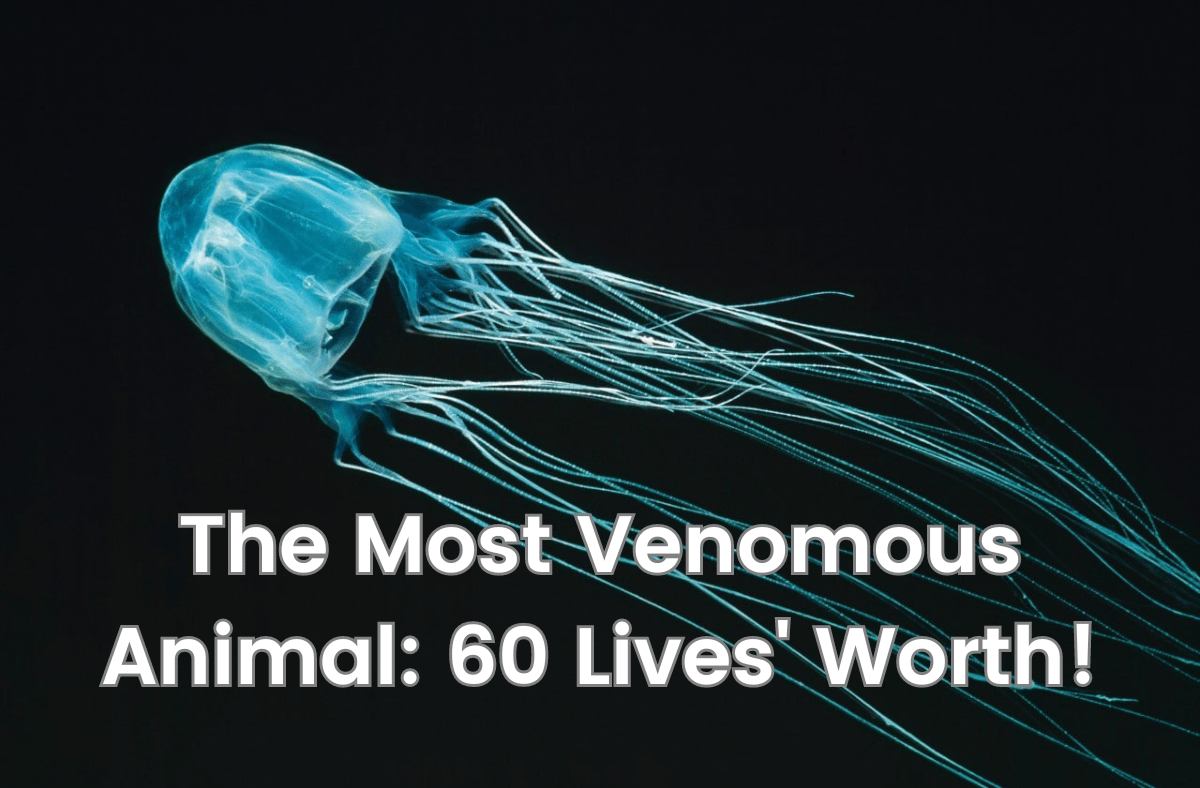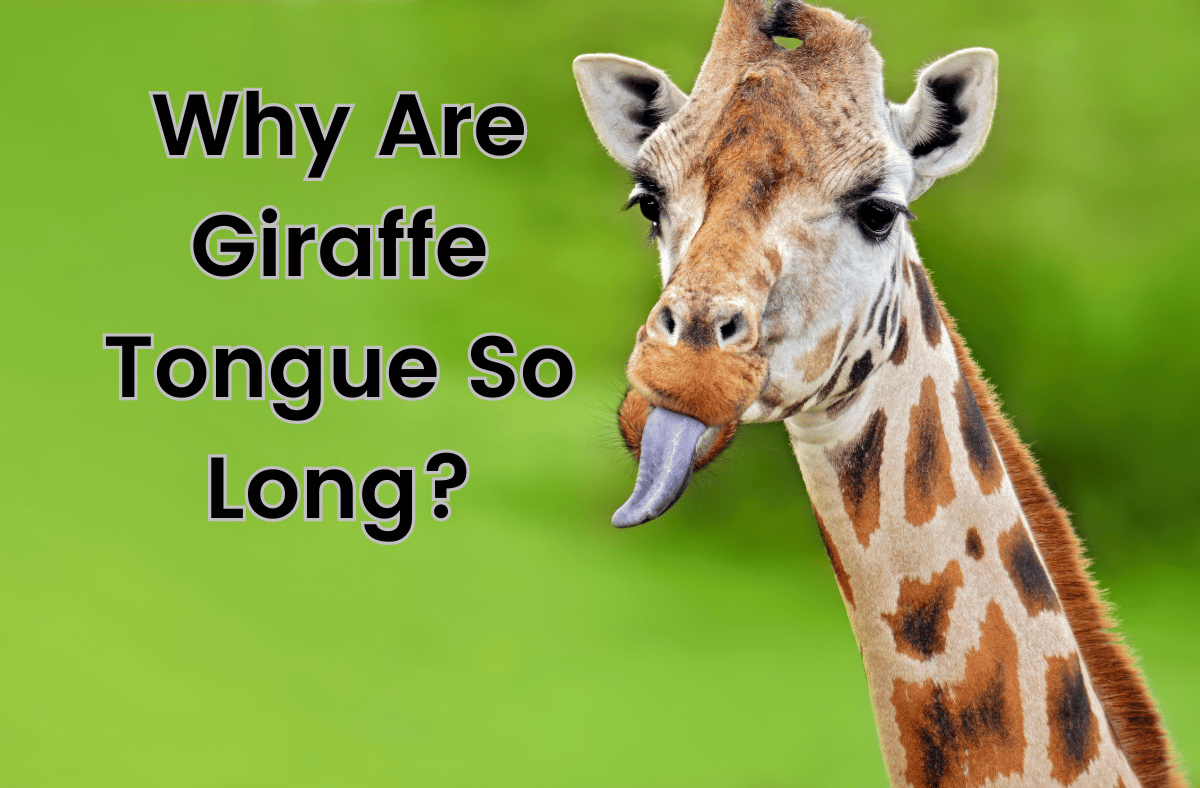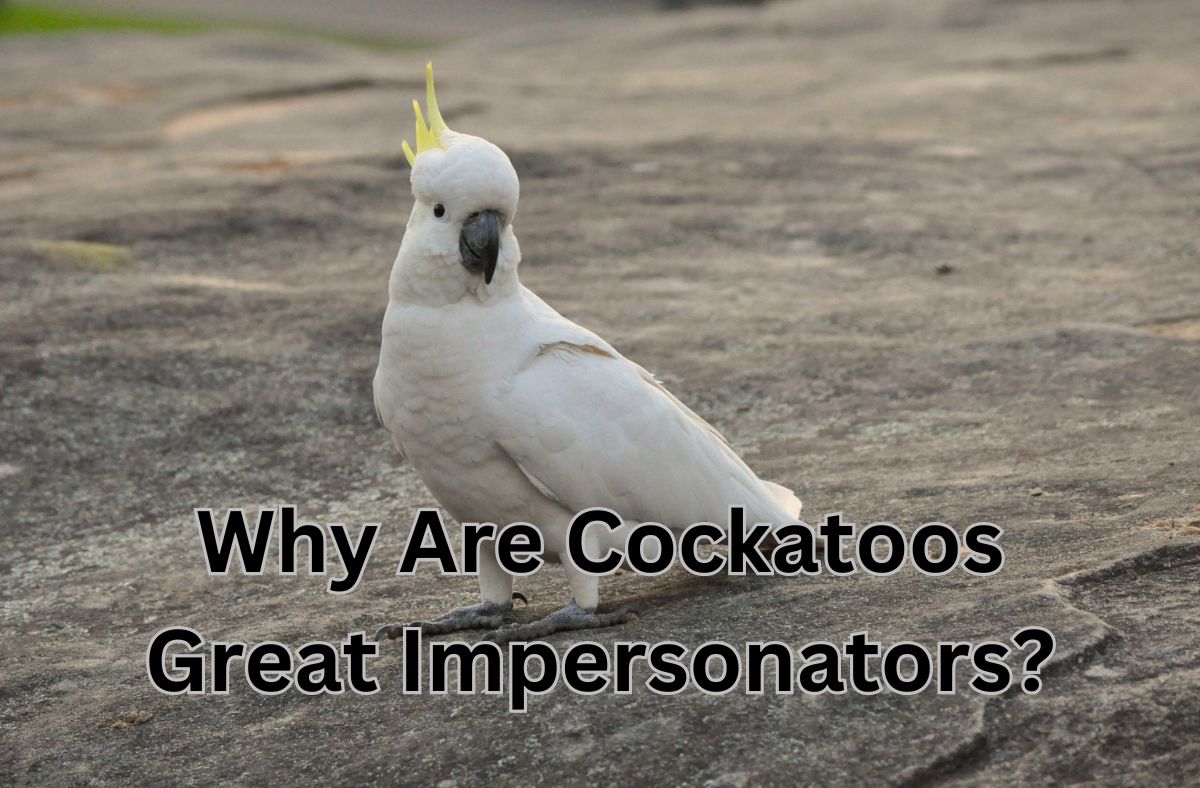For those in a hurry
- The longest living animal ever recorded is a quahog clam (Arctica islandica) that was 507 years old when it was collected in 2006.
- The clam was nicknamed Ming after the Chinese dynasty that ruled when it was born in 1499.
- Scientists can estimate the age of clams by counting the growth rings on their shells, which are formed by seasonal changes in water temperature and food availability.
- Quahog clams live in cold and stable environments, which may slow down their aging process and protect them from predators and diseases.
- Studying the longevity of clams may help us understand how to extend human lifespan and cope with climate change.
How did they find it?
The world’s oldest animal was not a giant tortoise, a whale, or a shark. It was a clam. A small, inconspicuous mollusk that lived in the cold and dark depths of the Arctic Ocean. It was discovered by accident in 2006 by a team of scientists from Bangor University in the United Kingdom, who were studying the growth patterns of clams as a way to reconstruct the past climate.
The researchers collected more than 200 clams from the waters off the coast of Iceland, at a depth of about 80 meters (262 feet). They brought them back to the lab and opened their shells to count their annual growth rings, which are similar to tree rings. One clam stood out from the rest. It had an astonishing 507 rings, making it the oldest animal ever recorded.
The researchers named it Ming, after the Chinese dynasty that was in power when it was born, around 1499. That means it was alive when Leonardo da Vinci painted the Mona Lisa, when Christopher Columbus discovered America, and when Shakespeare wrote his plays.
Unfortunately, Ming did not survive the scientific examination. It died when its shell was opened, ending its long and remarkable life.
What kind of clam was it?
Ming belonged to a species of clam called ocean quahog (Arctica islandica), which is native to the North Atlantic Ocean. Ocean quahogs are known for their longevity. They can live for more than 200 years on average, and some specimens have been found to be over 400 years old. They are also among the largest clams in the world, reaching up to 13 centimeters (5 inches) in length.
Ocean quahogs have a thick and sturdy shell that protects them from predators and harsh conditions. They burrow into the muddy seafloor and filter feed on organic matter suspended in the water. They are slow-growing and slow-metabolizing animals, which may contribute to their long lifespan.
Why did it live so long?
The secret to Ming’s longevity is still a mystery. Scientists believe that it may be related to a slowed cell-replacement process, which reduces the accumulation of damage and mutations in its tissues. It may also be influenced by genetic factors and environmental factors, such as temperature, salinity, and food availability.
Ming lived in a stable and cold environment, where the water temperature rarely changed more than a few degrees Celsius. This may have reduced the stress on its body and slowed down its aging process. Ming also faced few threats from predators or diseases, which could have shortened its life.
What can clam teach us?
Ming’s shell is a treasure trove of information for scientists who want to learn more about the history of the climate and the ocean. By analyzing the chemical composition and isotopic ratios of its shell layers, researchers can reconstruct the variations in temperature, salinity, and productivity of the water over time. This can help them understand how the climate has changed over the past five centuries and how it may change in the future.
Ming’s shell can also provide insights into the biology of aging and longevity. By comparing its tissue samples with those of younger clams, researchers can identify the molecular mechanisms that allow some animals to live longer than others. This can help them develop new strategies to prevent or treat age-related diseases and extend human lifespan.
Ming was an extraordinary animal that witnessed many events in human history. It also holds many secrets that can help us understand our past and our future. It deserves our respect and admiration for its remarkable achievement.






















